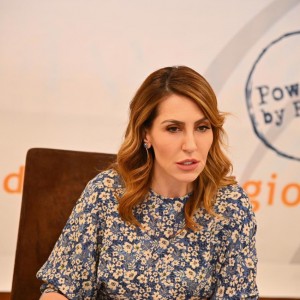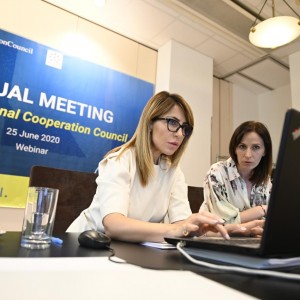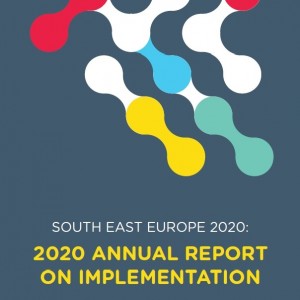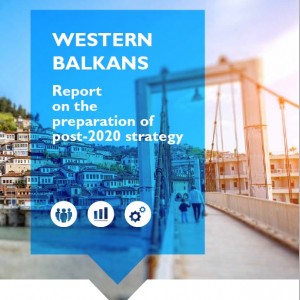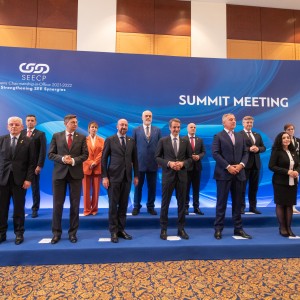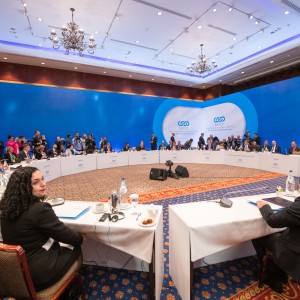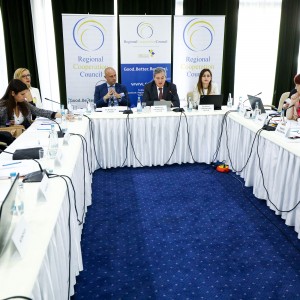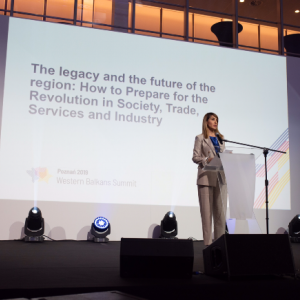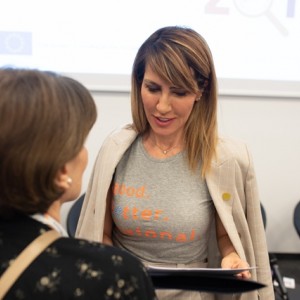The Monitoring of the SEE 2020 Strategy is conducted through a process of collecting and analysing data and information gathered from a variety of sources through structured annual cycles, with participation of a wide range of partners. The monitoring process is composed of four sub-processes: preparation; data and information collection; and analysis, concluded in drafting of SEE 2020 Annual Report on Implementation (ARI).
The main body overseeing this process is the SEE 2020 Monitoring Committee. It oversees the overall process of monitoring the SEE 2020 Strategy, proposes changes to optimize the process or modify the scope of monitoring, reviews and endorses the ARI before proposing it to the SEE 2020 Governing Board for approval. The Monitoring Committee meets in November to kick off the annual monitoring cycle.
Data and information collection process is the second phase in the monitoring cycle and is initiated by the RCC, upon the decision of the SEE 2020 Monitoring Committee. Three sets of data are being collected: i.e. quantitative data; activity reports; and perception based indicators (Balkan Barometer). The request for data collection is distributed to the participating institutions with an overview of the process, grids with agreed indicators, and timeline for data collection. Data are being collected through national administrations, international sources (World Bank, IMF, OECD and others), and Regional Dimension Coordinators.
All those information serve as an input for the preparation of the Annual Report on Implementation (ARI).



